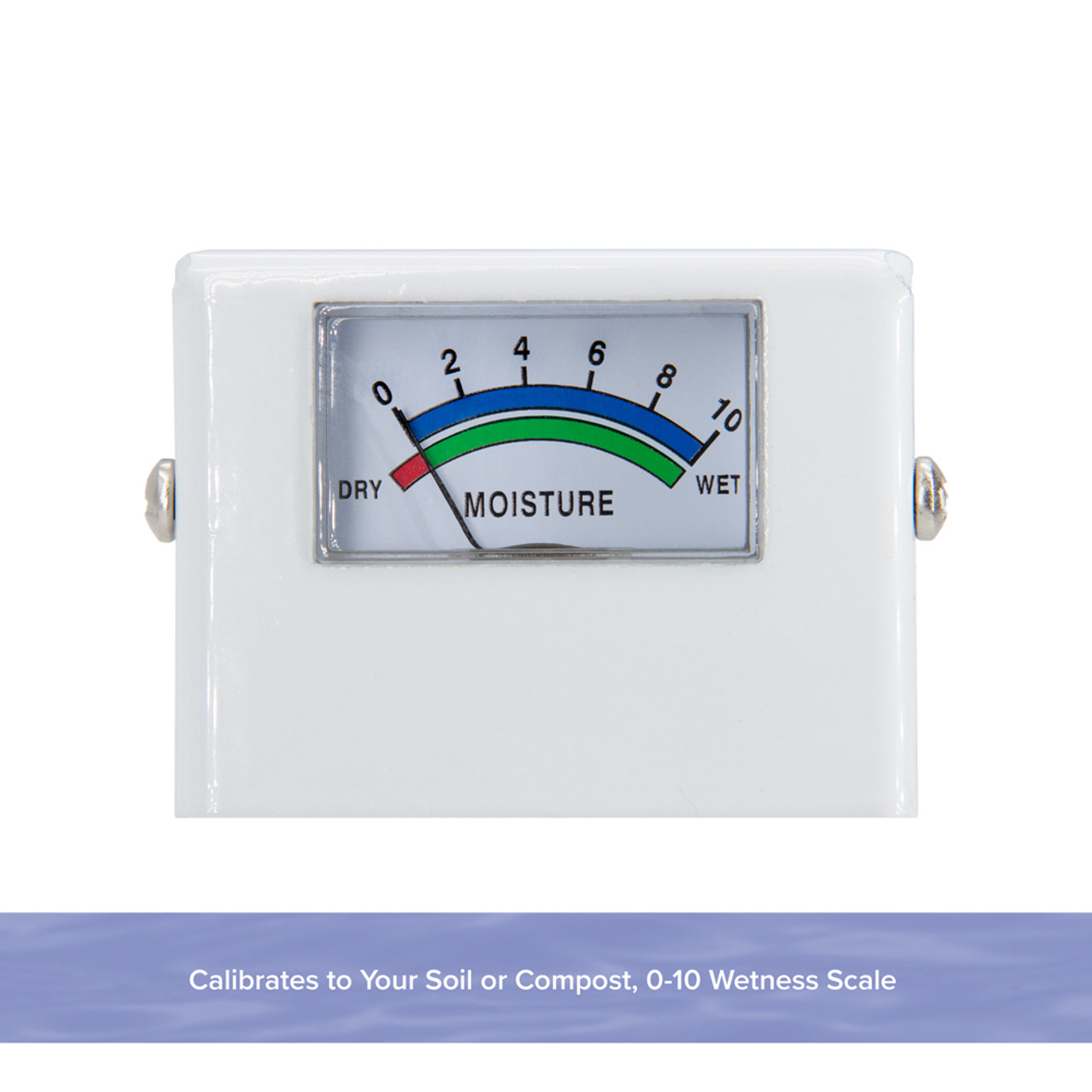The Scientific Research Behind Moisture Meters: Exactly How They Function and Why They're Necessary
The Scientific Research Behind Moisture Meters: Exactly How They Function and Why They're Necessary
Blog Article
Recognizing the Importance of a Wetness Meter in Preventing Mold and Water Damage in Your Home
In the world of home maintenance, the presence of wetness can usually be a silent yet formidable foe, efficient in creating pervasive mold and mildew growth and insidious water damage if left unattended. Amidst the tranquil atmosphere of a house, concealed moisture concerns can make under the surface, posing a hazard to both residential or commercial property and health and wellness. However, equipped with the right devices and understanding, homeowners can proactively battle these prospective hazards. Understanding the value of a dampness meter in this fight is not simply an alternative however a tactical requirement.

Significance of Moisture Discovery
Reliable wetness discovery approaches are important for guarding properties and protecting against prospective mold development and water damage. Dampness can leak into different structure products, leading to structural concerns and carcinogen - Moisture Meter. By utilizing a wetness meter, homeowner can proactively recognize areas prone to excess moisture, permitting for timely intervention and reduction strategies
Dampness meters offer precise analyses of dampness levels in different products such as wood, concrete, and drywall. This data helps in pinpointing locations of issue, even in hard-to-reach or surprise locations. Early detection of moisture buildup makes it possible for prompt repair services or changes to stop further damages.

How Dampness Meters Work
Wetness meters play an essential role in the proactive recognition of excess dampness, aiding in the prevention of possible mold development and water damages by offering precise analyses of moisture levels in various structure materials. These gadgets work based upon different concepts, relying on their type. Pin-type dampness meters, as an example, have two pins that permeate the material to measure the electric resistance between them. When dampness exists, it improves the material's conductivity, resulting in a lower resistance analysis. Pinless dampness meters, on the various other hand, use electromagnetic sensing units to check the material without causing damage. These sensing units discharge electromagnetic signals that penetrate the product and determine the dielectric buildings, suggesting dampness web content. Some progressed wetness meters pin both incorporate and pinless technologies for thorough wetness discovery. Understanding exactly how moisture published here meters feature is vital for exact and timely dampness level evaluations, enabling efficient preventative steps against mold and water damages.
Detecting Early Caution Indications
Upon initial examination of a residential property, recognizing subtle indications of excess moisture comes to be important in the early discovery of prospective mold development and water damages. Water spots can signal leakages or seepage, while peeling paint or wallpaper may be a result of dampness compromising the adhesion of these materials to the surface area. In addition, an increase in allergic reaction symptoms or respiratory system issues amongst Visit Your URL passengers might recommend the visibility of mold and mildew due to excess moisture.


Avoiding Mold Development
Recognizing early caution indications of excess dampness within a building not only makes it possible for timely detection of prospective mold growth and water damage yet additionally serves as an aggressive action in preventing the expansion of mold. To properly protect against mold and mildew development, it is critical to resolve any resources of moisture quickly.
In enhancement to dealing with moisture resources, maintaining indoor moisture degrees listed below 60% can considerably inhibit mold and mildew development. Proper ventilation, sufficient insulation, and using ac unit or fans can aid manage indoor moisture levels. Keeping track of wetness levels in areas susceptible to wetness, such as basements and crawl spaces, using a dampness meter can likewise assist in very early discovery of elevated moisture levels and prospective mold development. By taking aggressive procedures to protect against excess wetness and mold development, home owners can safeguard their residential or commercial property and indoor air quality.
Benefits of Regular Surveillance
Normal monitoring of dampness degrees in a building can play a vital duty in maintaining a healthy indoor environment and stopping potential mold and water damages. By on a regular basis inspecting dampness degrees, house owners can detect any type of issues quickly and take necessary actions to protect against mold growth and water damages.
Additionally, regular surveillance permits property owners to track patterns and trends in wetness degrees over time. Inevitably, the constant surveillance of dampness levels equips property owners to secure their residential or commercial property, safeguard their health, and preserve the stability of their indoor environment.
Conclusion
In final thought, the usage of a wetness meter is essential in protecting against mold and water damage in homes. By discovering early warning indicators of moisture, homeowners can take proactive measures to protect against mold and mildew growth and costly fixings.
By utilizing a wetness meter, home proprietors can proactively recognize areas vulnerable to excess moisture, allowing for prompt intervention and reduction approaches.
Dampness meters offer precise analyses of dampness levels in various products such as drywall, wood, and concrete.Moisture meters play a pivotal role in the aggressive recognition of excess wetness, helping in the Visit This Link avoidance of possible mold and mildew development and water damages by giving precise analyses of moisture levels in numerous building products. Comprehending exactly how moisture meters function is essential for precise and prompt dampness degree analyses, making it possible for reliable preventive measures against mold and mildew and water damages.
Monitoring wetness degrees in areas susceptible to dampness, such as basements and creep spaces, making use of a wetness meter can also help in very early discovery of raised dampness levels and potential mold and mildew development.
Report this page